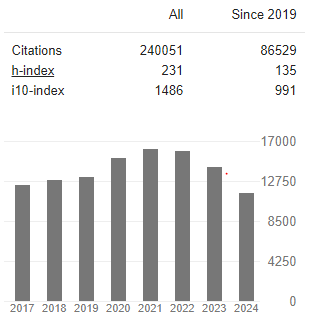Towards a Therapeutically Pragmatic Molecular Definition of Hepatoblastoma
Abstract
Edward V. Prochownik
Hepatoblastoma (HB) is the most common pediatric liver cancer while also holding the distinction of being the least genomically altered of all malignancies. Three major oncogenic pathways have been identified as underlying the pathogenesis of this disease. Mouse models have demonstrated that deregulating any two is the minimal requirement for generating a tumor and that deregulating all three generates particularly aggressive ones. The terminal mediators of these three pathways, namely β-catenin of the Wnt/β-catenin, YAP of the Hippo pathway and NFE2L2/NRF of the NRF2 pathway are all transcription factors (TFs) that directly regulate hundreds-thousands of both unique and common downstream targets. Different pairwise combinations of these three TFs generate HBs with distinct growth patterns, histologies and gene expression patterns. Moreover, different patient-derived mutant forms of β-catenin also generate HBs with similarly distinct profiles. Based on the analyses of numerous tumors with these various combinations of TFs, and in different genetic backgrounds, it has been possible to identify a key set of 22 so-called “BYN genes” genes that are always similarly deregulated across all experimental HB types. A subset of these can be used to classify human HBs into those with long-term favorable and unfavorable outcomes and another subset is predictive of survival in hepatocellular carcinomas and over a dozen other human cancers. None of the BYN genes encode TFs; rather they mostly encode secreted or extracellular membrane proteins or enzymes. They therefore make more appealing targets than do the more refractory upstream TFs.



